Women’s History Month is a time to celebrate the contributions of women who may be less well-known, such as photographer Alice Austen (1866–1952), who defied social conventions in both her documentary work and personal life. Her legacy is explored in New York at Alice Austen House (AAH), Austen’s longtime home on Staten Island, a Victorian Gothic cottage with panoramic views of the Narrows, Manhattan, and the Verrazzano-Narrows Bridge. A National Historic Landmark and nationally designated site of LGBTQ+ history, the house museum has small, packed galleries that bring Austen’s world to life. Well-curated displays examine her family, the passion for photography that led her to create more than 8,000 images—many of a changing New York City—and her decades-long relationship with Gertrude Tate.
AAH is also a member of Historic Artists’ Homes and Studios; Austen had a darkroom here, and her home was a muse and frequent subject. Today contemporary photography exhibits, educational programs including LGBTQ+ storytelling, and cultural events at the house continue to inspire creativity.
Alice Austen’s Story
Austen was born into a well-to-do family in 1866, but her father soon left, and Alice and her mother moved to “Clear Comfort,” her grandparents’ home on Staten Island. An only child surrounded by adults, Alice was encouraged to pursue interests uncommon for Victorian girls. Before she was twelve, her uncles gave her a dry-plate camera and helped set up a darkroom in the house (not available for viewing at present), where the talented Austen learned chemical processing. It was the start of a lifelong fascination.
After she grew up, Austen pursued a number of interests that were unconventional for women. She played tennis seriously and became the first woman on Staten Island to own a car, carrying her own toolkit. Bicycling, another new technology, was another way for women to achieve greater freedom. In 1896 Austen, who bicycled, took instructional photographs of bicycling techniques that were used to create illustrations used in Maria E. Ward’s groundbreaking book Bicycling for Ladies. For a project in the 1890s, she was asked by the U.S. Public Health Service to photograph facilities at New York City’s quarantine islands, where some of the immigrants then pouring into the city waited to pass health inspections. After the assignment, Austen continued to visit and photograph the sites on her own for a decade.
The family’s money allowed Austen to travel, and on a visit to the Catskills in 1899, she met Gertrude Tate, a Brooklyn teacher who became her partner for 53 years. Tate moved into Clear Comfort in 1917. After Austen lost her money in the 1929 stock market crash, she and Tate opened a tearoom in the house. By 1945, though, they had to leave their home. Austen stored thousands of glass-plate negatives at the Staten Island Historical Society, and a number were published in a book and in Life magazine in 1951, giving Austen some public acclaim and needed money before her death in 1952. She and Tate were parted in death, though; Tate’s family refused to permit her to be buried with Austen.
Exploring the Museum
Looking at the house and grounds with their dramatic water and skyline views, it’s hard to imagine that they were nearly destroyed. When development threatened the decaying building in the 1960s, citizens and preservationists, along with photographer Berenice Abbott and architect Philip Johnson, worked to save the house. Restored as a museum in 1984, it is owned by the New York City Department of Parks and Recreation and operated by the nonprofit Friends of Alice Austen House.
Visitors who book a ticket (check the website for the latest visiting and tour protocols) discover a Victorian-style cottage with gingerbread trim and a full-length front porch facing the waterfront. Austen’s grandfather purchased the house in 1844 and expanded what was a one-room Dutch farmhouse in 1690 to a comfortable home. Exhibits in the parlor, decorated with ornate furniture and personal mementos that reinforce the Victorian focus on home and family, trace Austen’s family life. Although she documented the house, its grounds, and visitors extensively and lovingly over the decades, she was adventurous and broke away from many conventions of the day.
Reinstalled in 2019 to reflect the latest scholarship about Austen, the fascinating, object-packed permanent exhibition “New Eyes on Alice Austen” examines her life and work. One of the cameras she owned is on display; it’s hard to imagine carrying the bulky device around. One photo enlarged on a wall shows Austen holding a camera and sitting on a fence in full-length dress to take a shot at an auto race. Affluence gave Alice the means to travel and have fun with friends in what she called the “Larky Life.” She documented her adventures with photographs not just of nature but of friends relaxing and playing, sometimes pushing the boundaries of convention, as in a photo of women cross-dressing.
Other parts of the exhibition examine the subject range of Austen’s photos. Although she did not need to support herself financially by her photography, as some other early women photographers did, Austen did take on various projects for some money and publication; she also copyrighted 150 images. Some were from her 1890s “Street Types of New York” images, when Austen traveled to Manhattan, carrying as much as 50 pounds of equipment. She took photos, often of immigrants, doing different jobs, an unusual subject at the time. Another section presents some images of the city’s quarantine stations for immigrants, which Austen took as an assignment and then pursued on her own because the places intrigued her.
AAH supports creativity in two galleries that present three changing exhibits of contemporary photography each year. From March 5 through May 25, 2022, “Unremarkable Handiwork: Translations and Collections” will present Michelle Grabner’s new work inspired by Austen’s documentation of her home’s interiors. Also in 2022, a summer show will present portraits by Paul Mpagi Sepua, and a retrospective of Jean Weisinger’s work will be on view fall through winter.
Community Connections
In spring and summer, AAH presents free public programs from family workshops to performances to yoga on the lawn, a lovely green public space. In June 2022, photography by Staten Island artists will be on display as part of a collaboration with the Photoville Festival; there will also be public talks. Weekend programs throughout Pride month in June are always a highlight. Covid-19 has affected some school events, but AAH runs educational programs with workshop courses at schools with a focus on topics such as Cultural Immigration, LGBTQ+ Photographic Storytelling, and Literacy Through Photography. Single lessons at schools or AAH are also available.
Linda Cabasin is a travel editor and writer who covered the globe at Fodor’s before taking up the freelance life. She’s a contributing editor at Fathom. Follow her on Instagram and Twitter at @lcabasin.

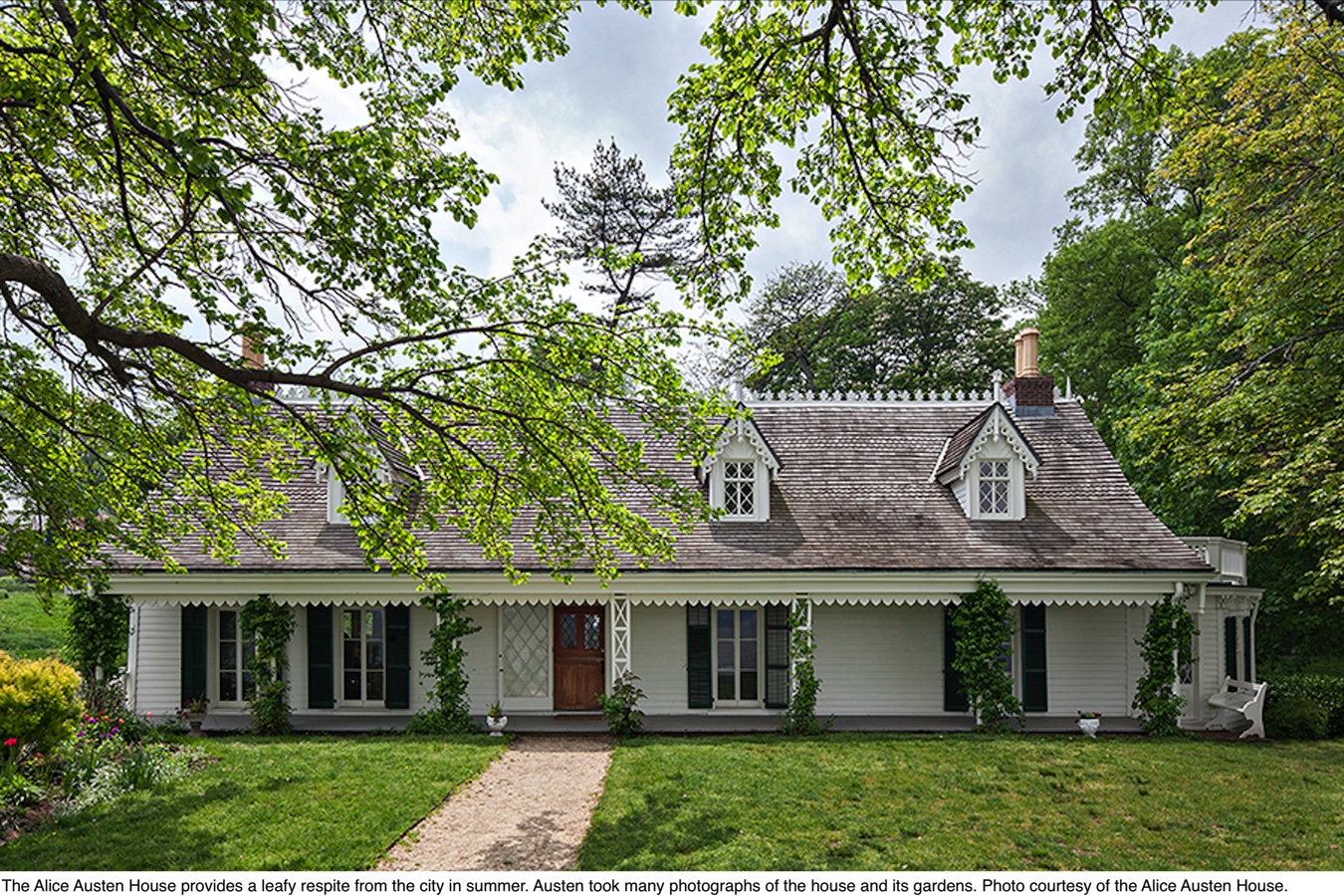
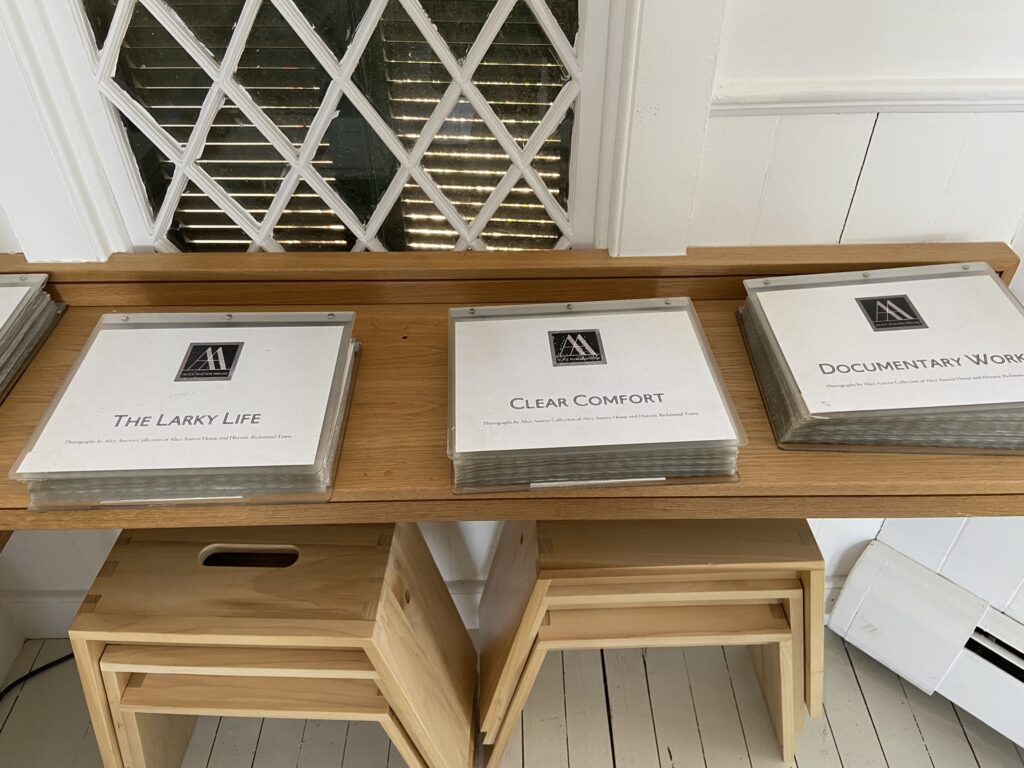
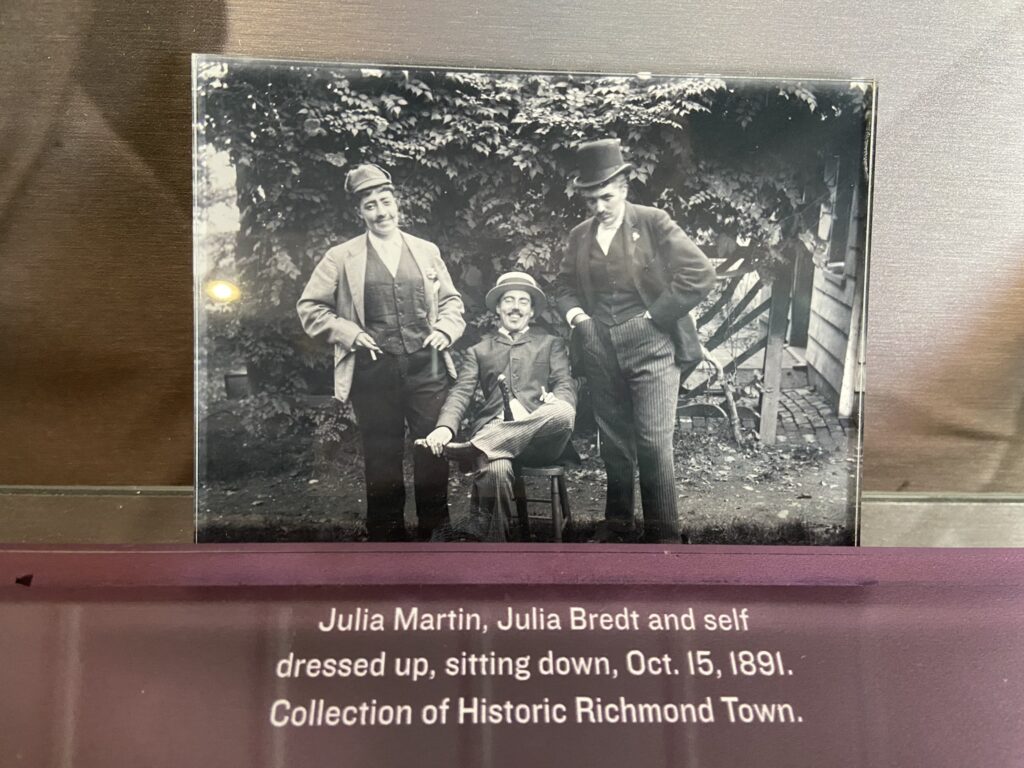
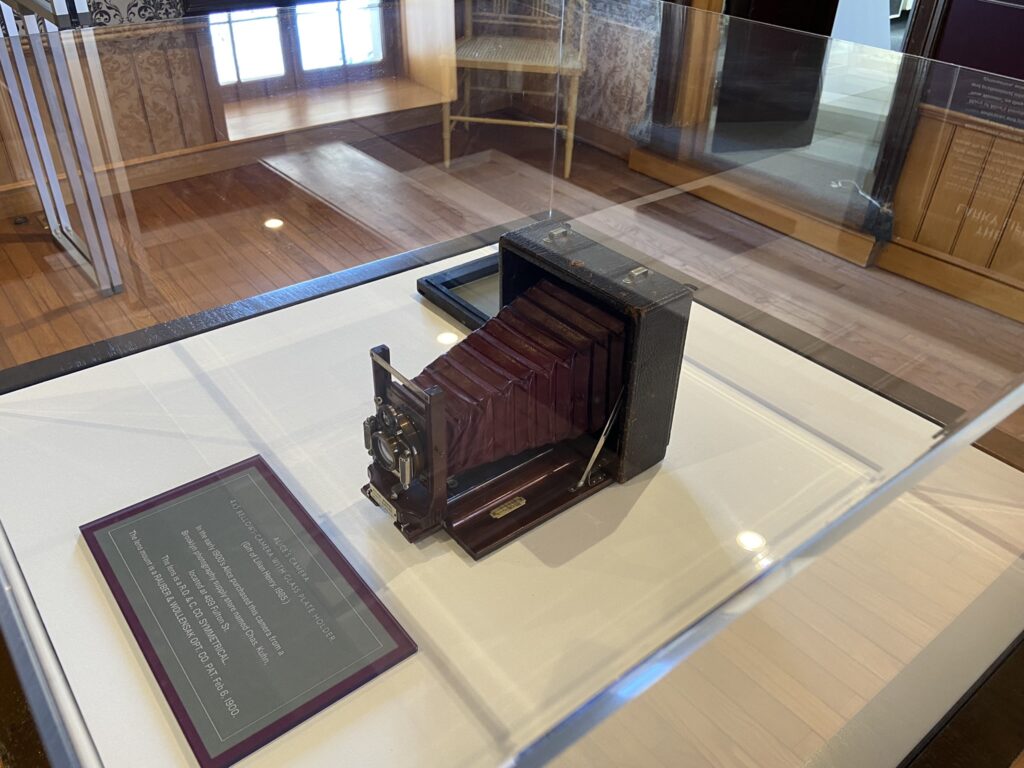
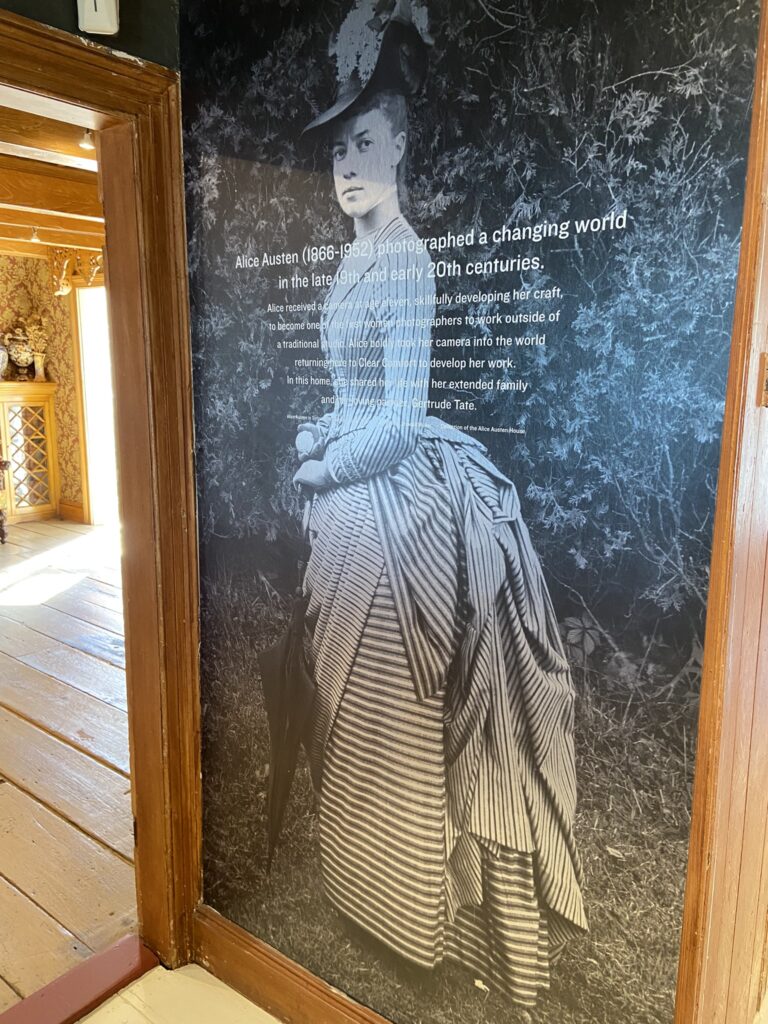
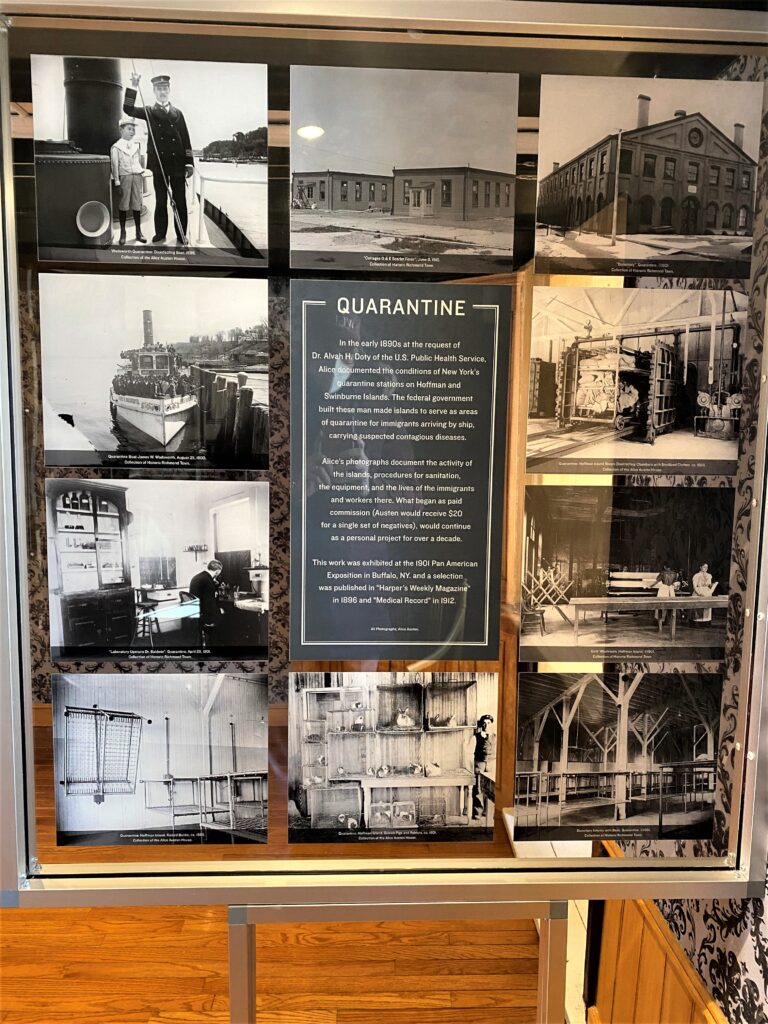
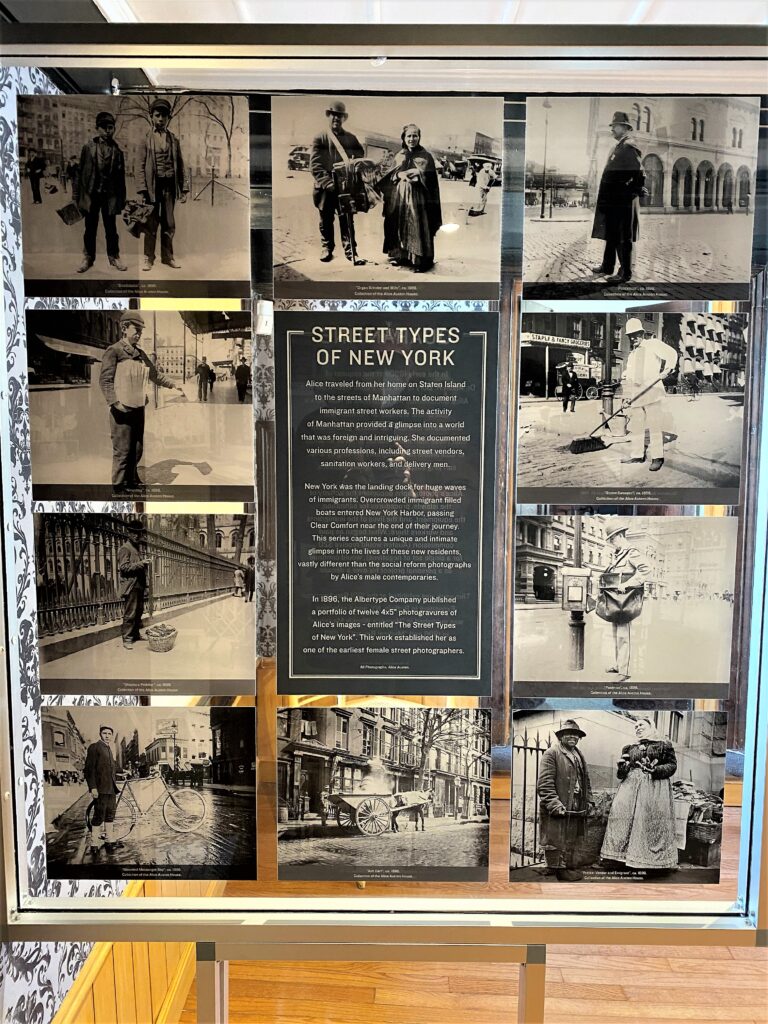
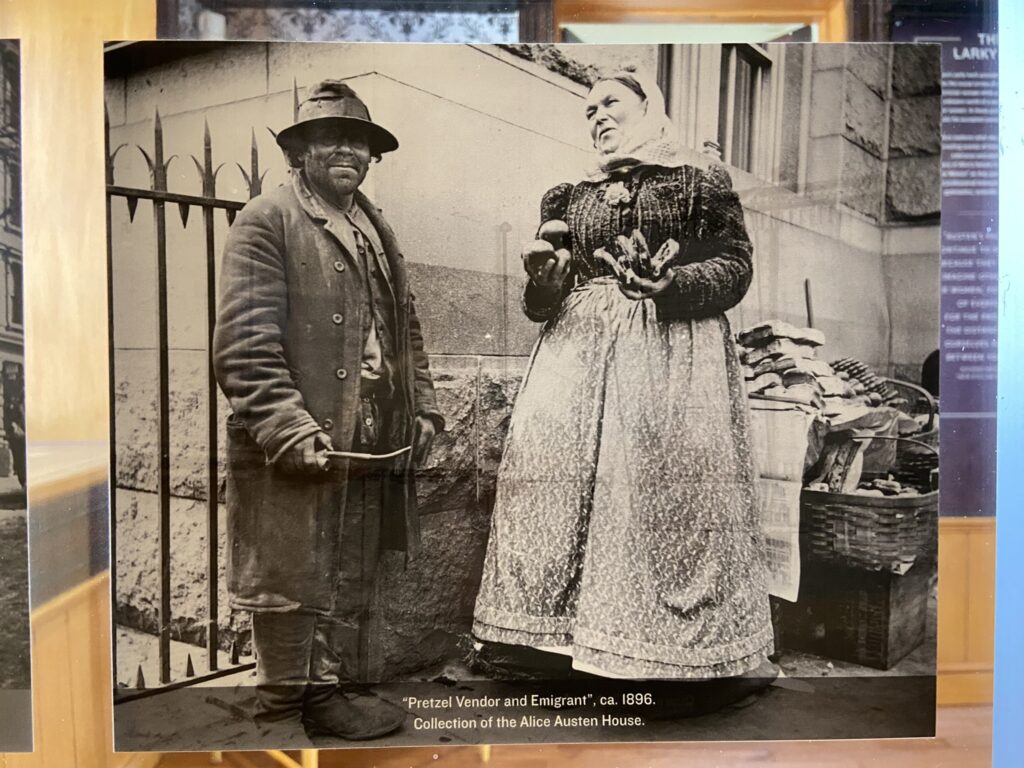
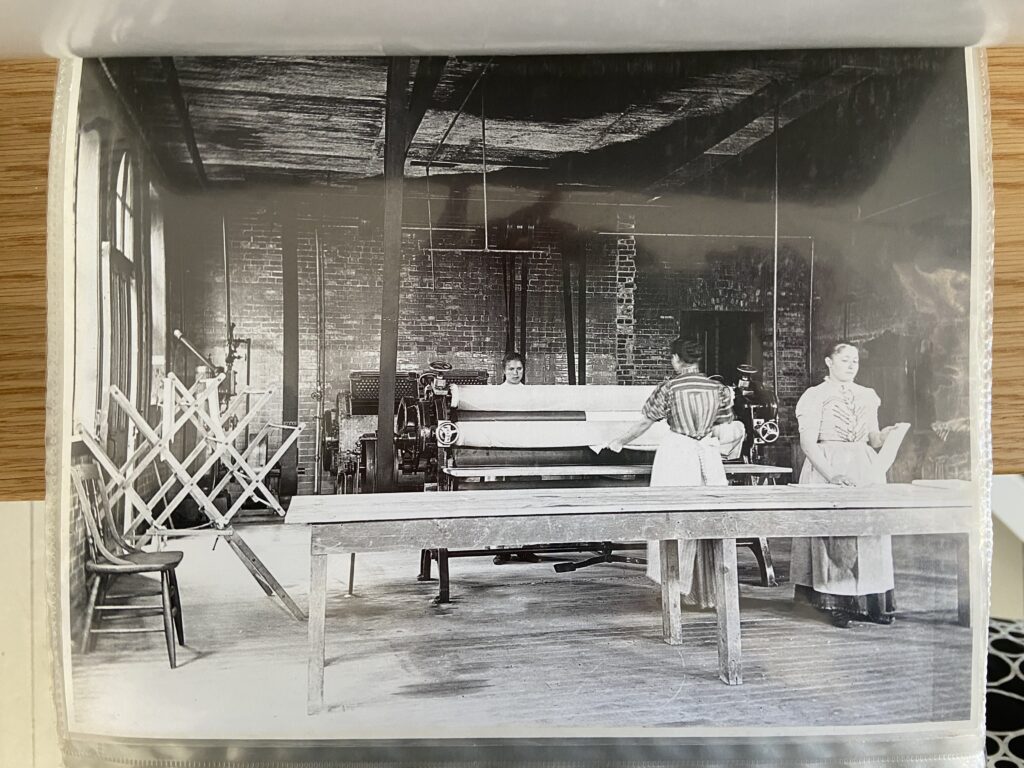
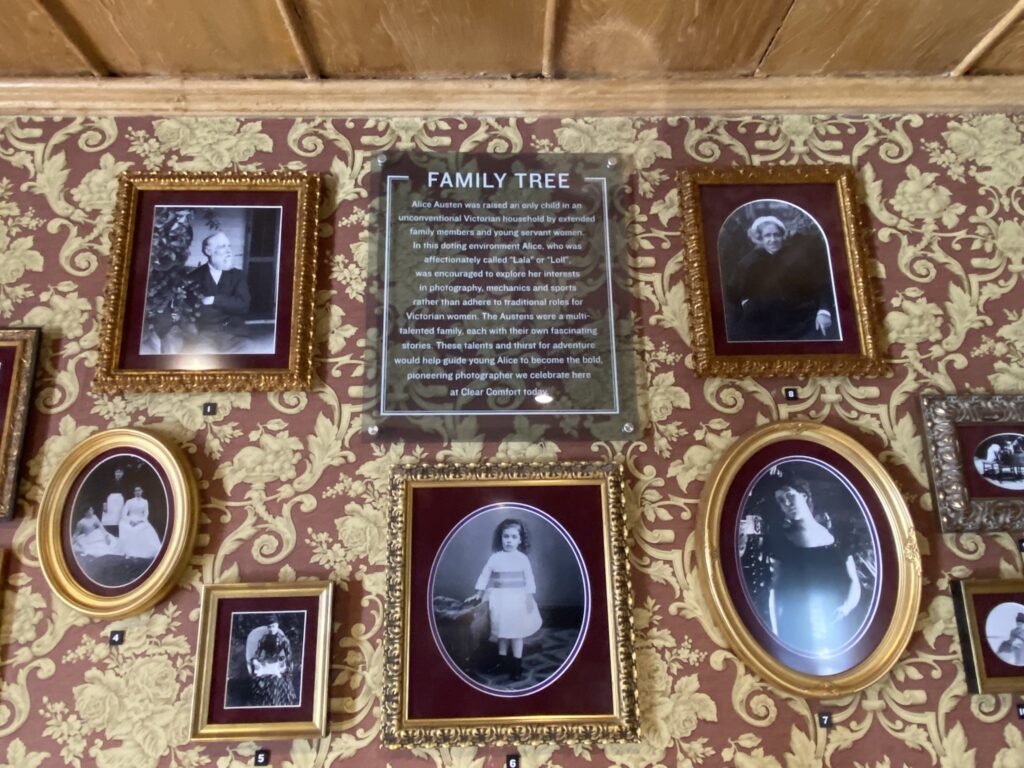
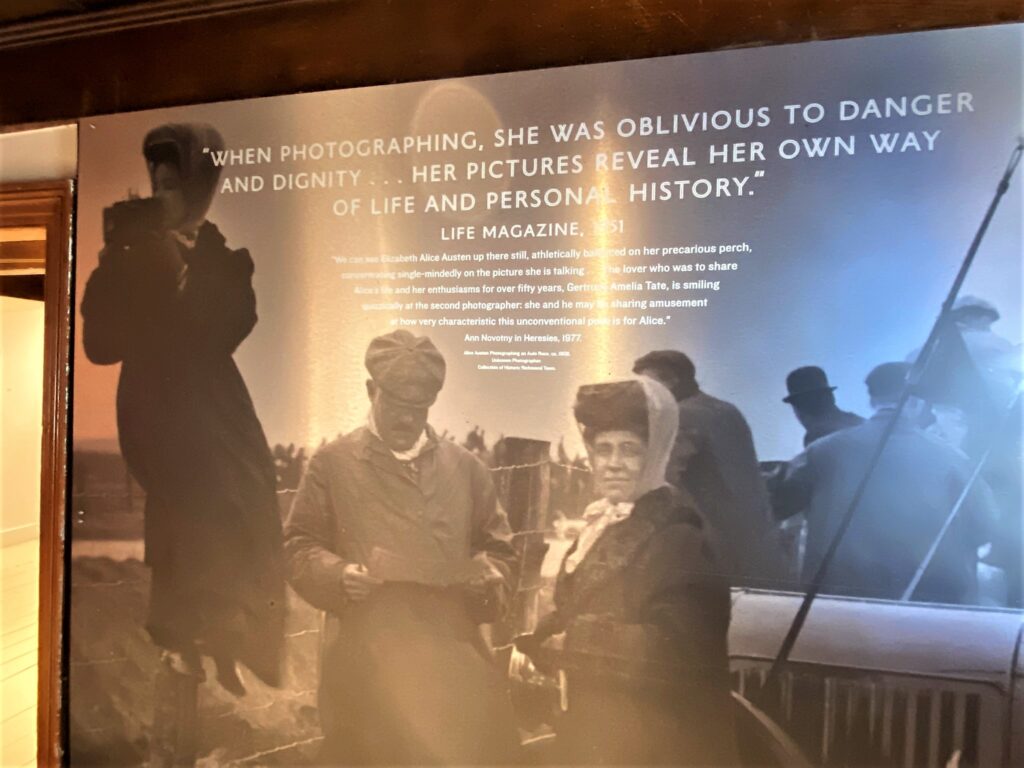
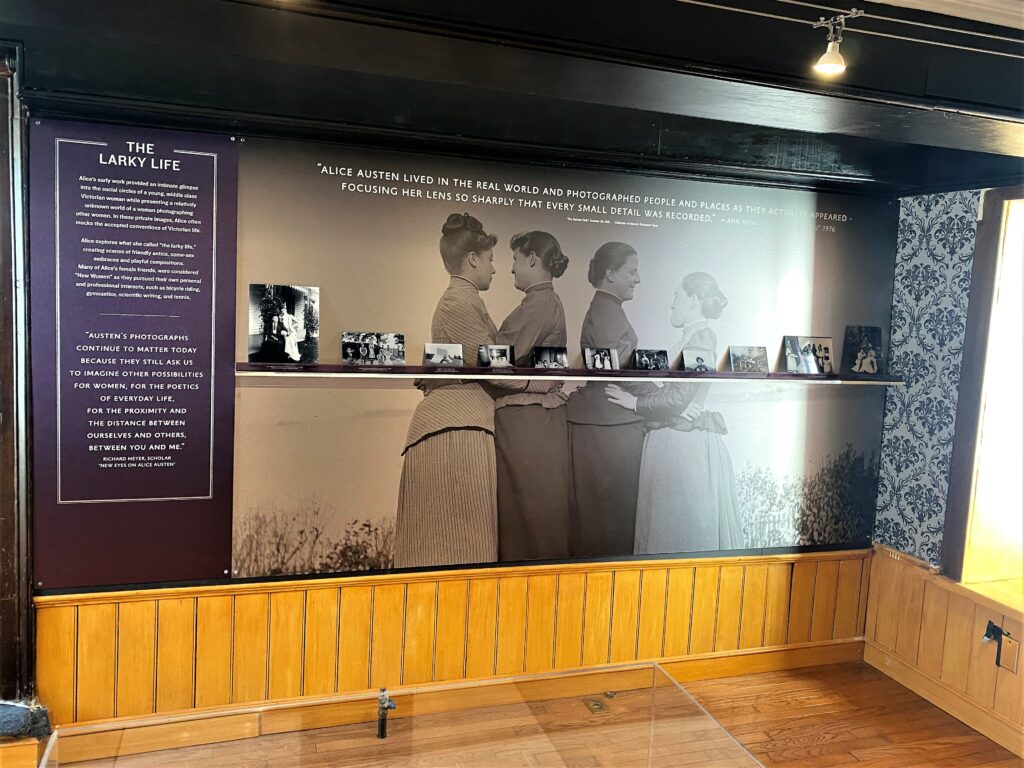
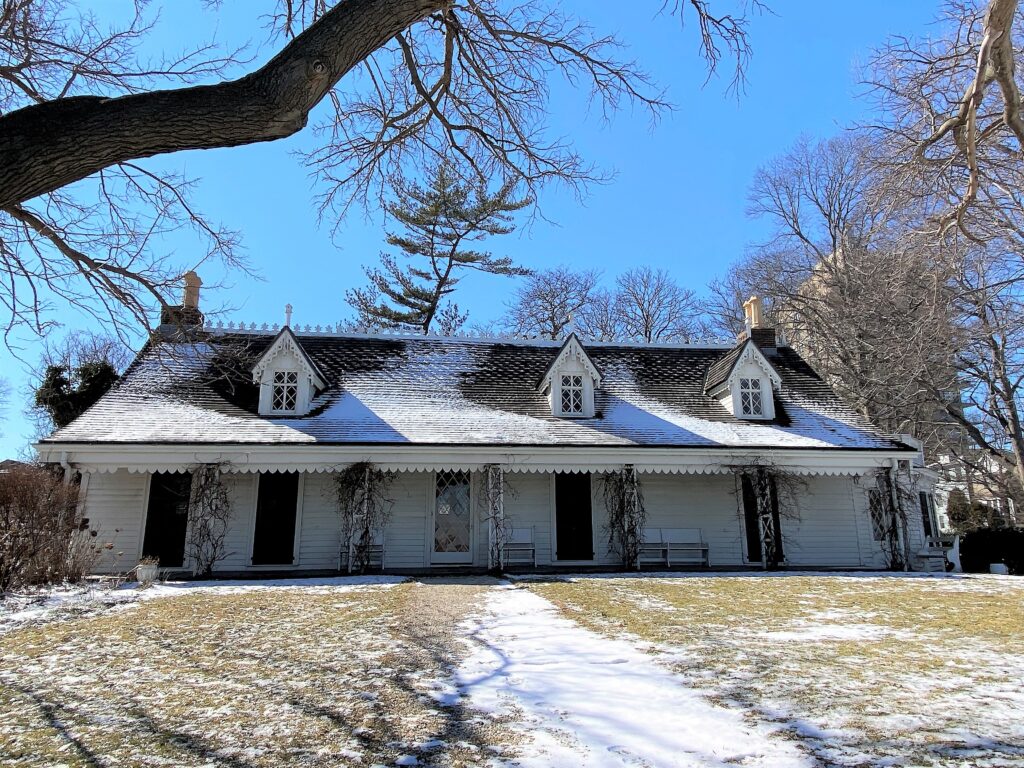
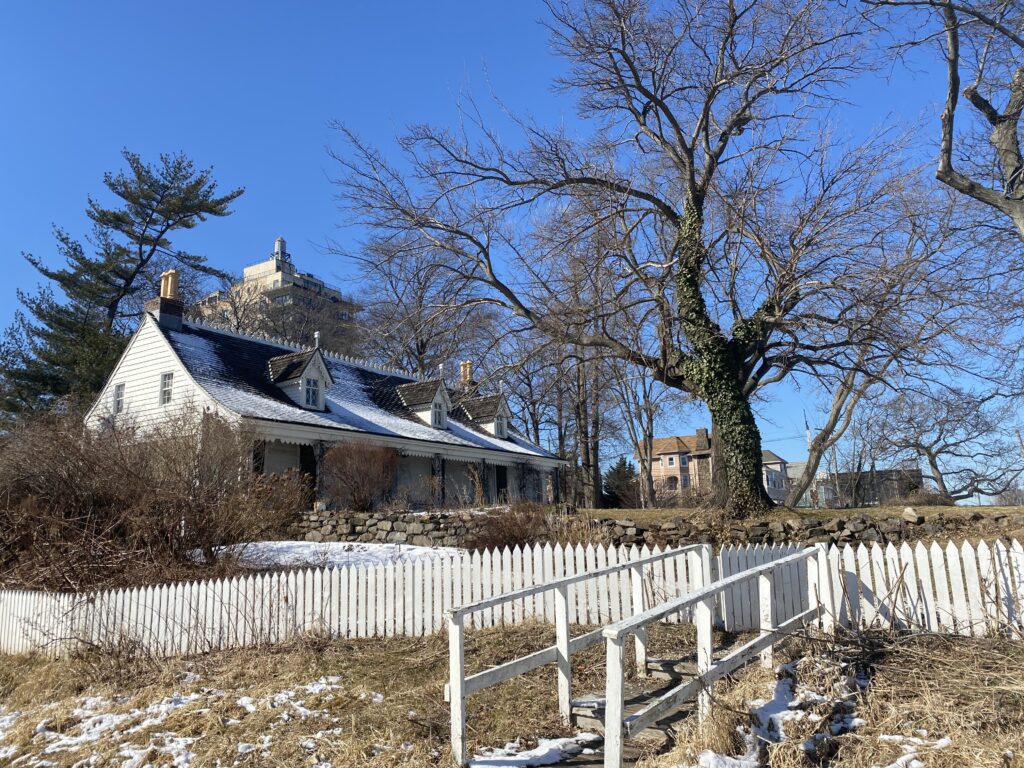
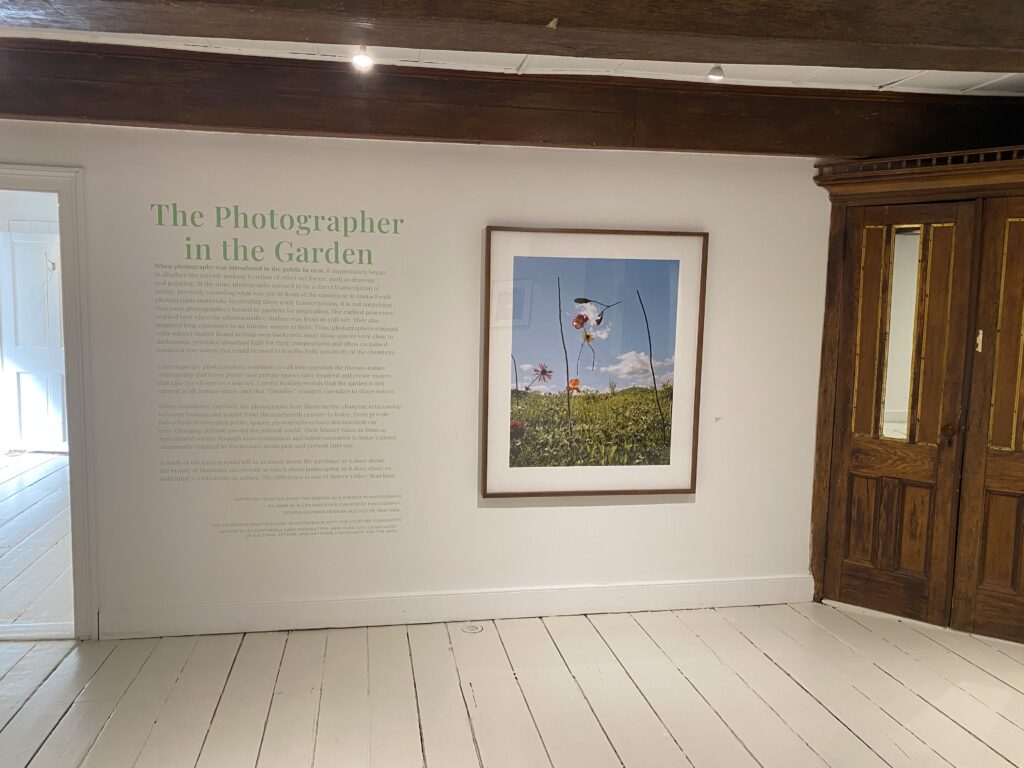
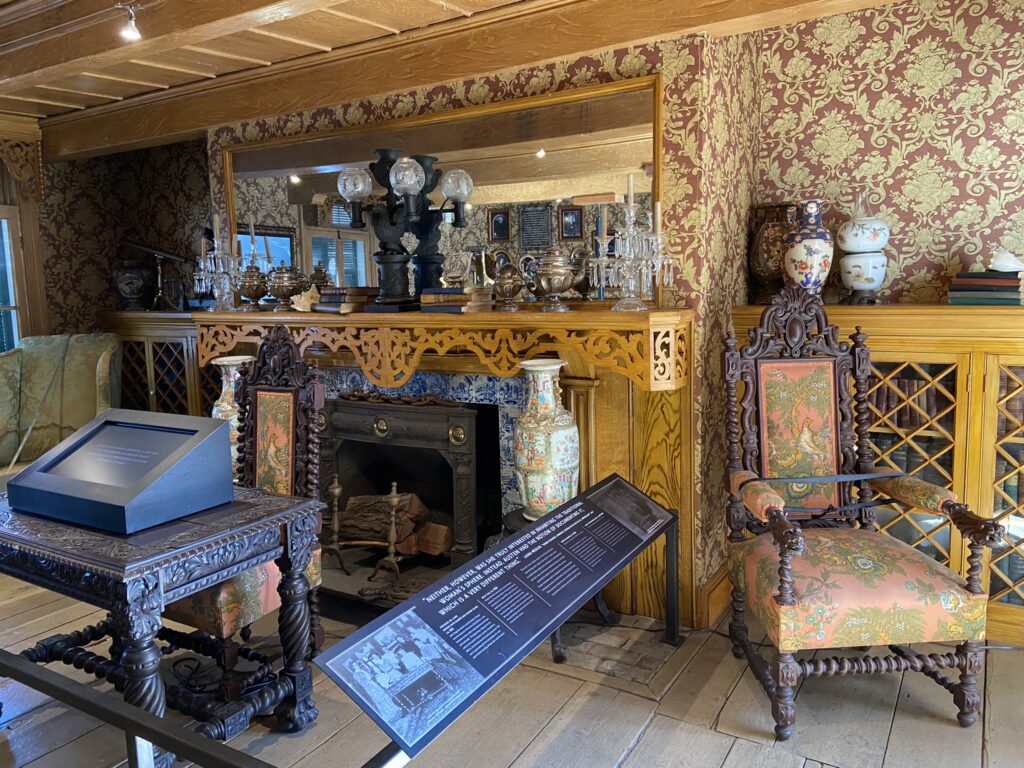
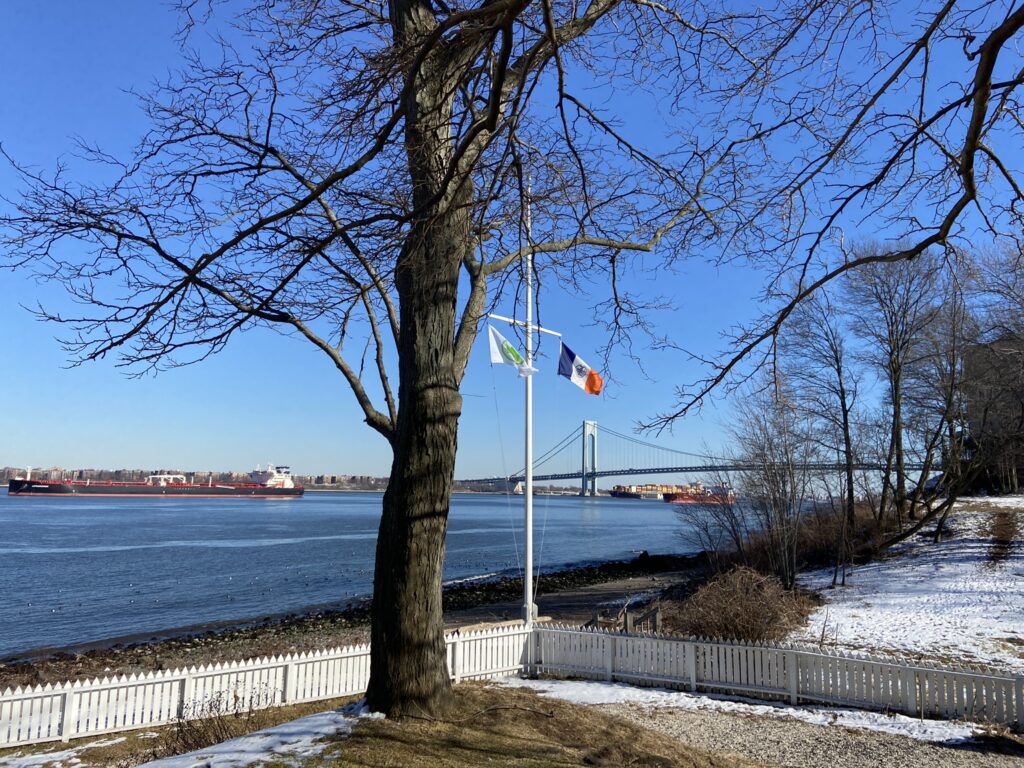
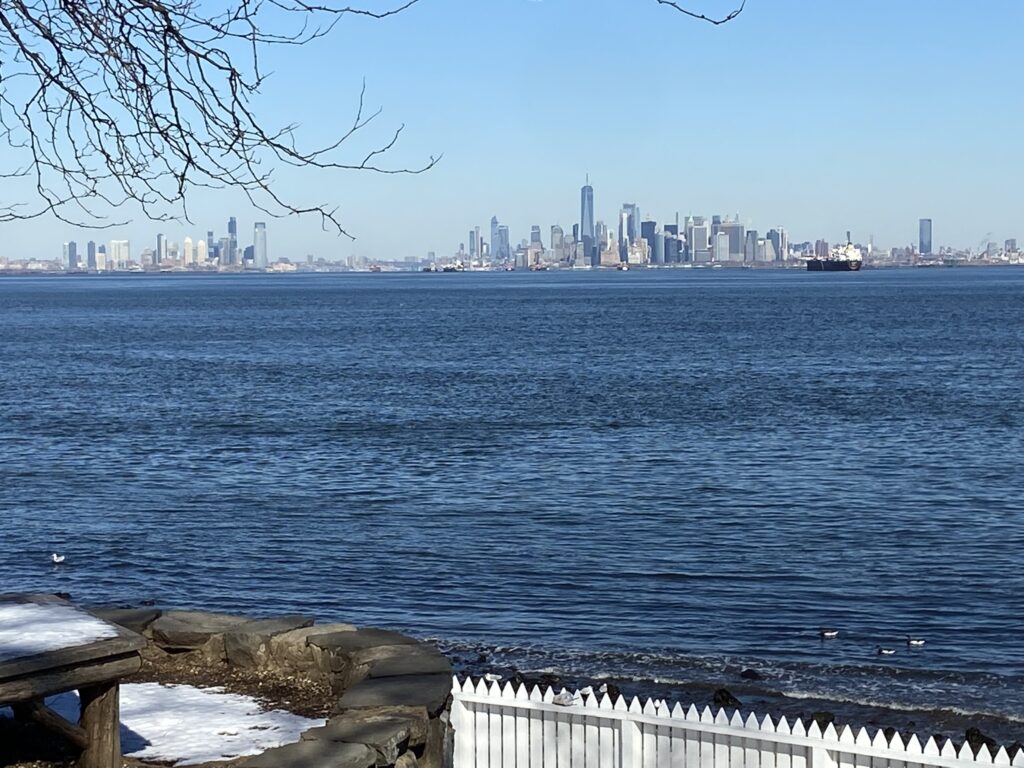
A LITTLE JEWEL OF A MUSEUM.